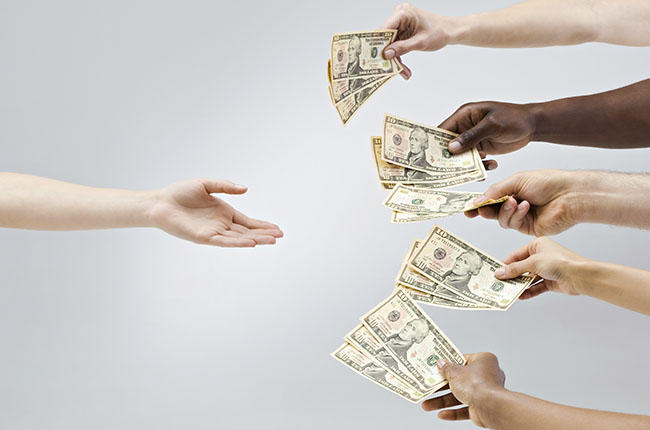Don’t forget about music publishers. People often overlook — or don’t know — the fact that every song has two copyrights. Subscription services pay record labels for the use of their recordings (one copyright). They also pay music publishers and performing rights organizations for streaming and making copies of the recordings’ underlying musical work (another copyright).
So there should be no alarm that Apple Music is paying record labels 58 percent of its revenue. Yes, Spotify’s contracts call for 70 percent — it actually ends up being higher — of revenue to be paid to rights owners. But that 70 percent is inclusive of the royalties paid to music publishers and performing rights organizations. Publishers usually receive 10.5 percent of revenue from subscription services, although the number can be higher. Add the labels’ share and the publishers’ share and Spotify pays out the same as Apple Music.
This non-controversy highlights an important difference between streaming royalties and the more familiar download royalties: Spotify and other subscription services pay publishers directly. There is no pass-through of royalties through the record label. Downloads have this pass-through. A label is paid 70 percent of download purchase revenue and then pays the mechanical royalties to music publishers. PROs are not paid royalties on download purchases.
Rights holders may see other problems with Apple’s licensing contracts for Apple Music. For example, Apple does not want to pay royalties during free, three-month trials. This caught the attention of independent trade group A2IM. In a blog postWednesday the group expressed dismay, saying iTunes download royalties could be negatively affected by Apple Music. Until further details emerge, A2IM urged its members to “not feel rushed to sign Apple’s current offer.”
It’s also worth noting the Apple Music contract posted online is a contract for an independent label. The majors tend to get the best terms and independent labels, having less leverage, get worse terms. But, once again, the “58 percent” figure covers only recorded music. It’s not evidence Apple is offering an independent label far less than a major label.


